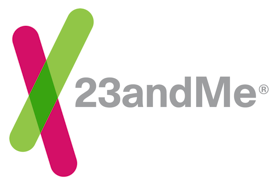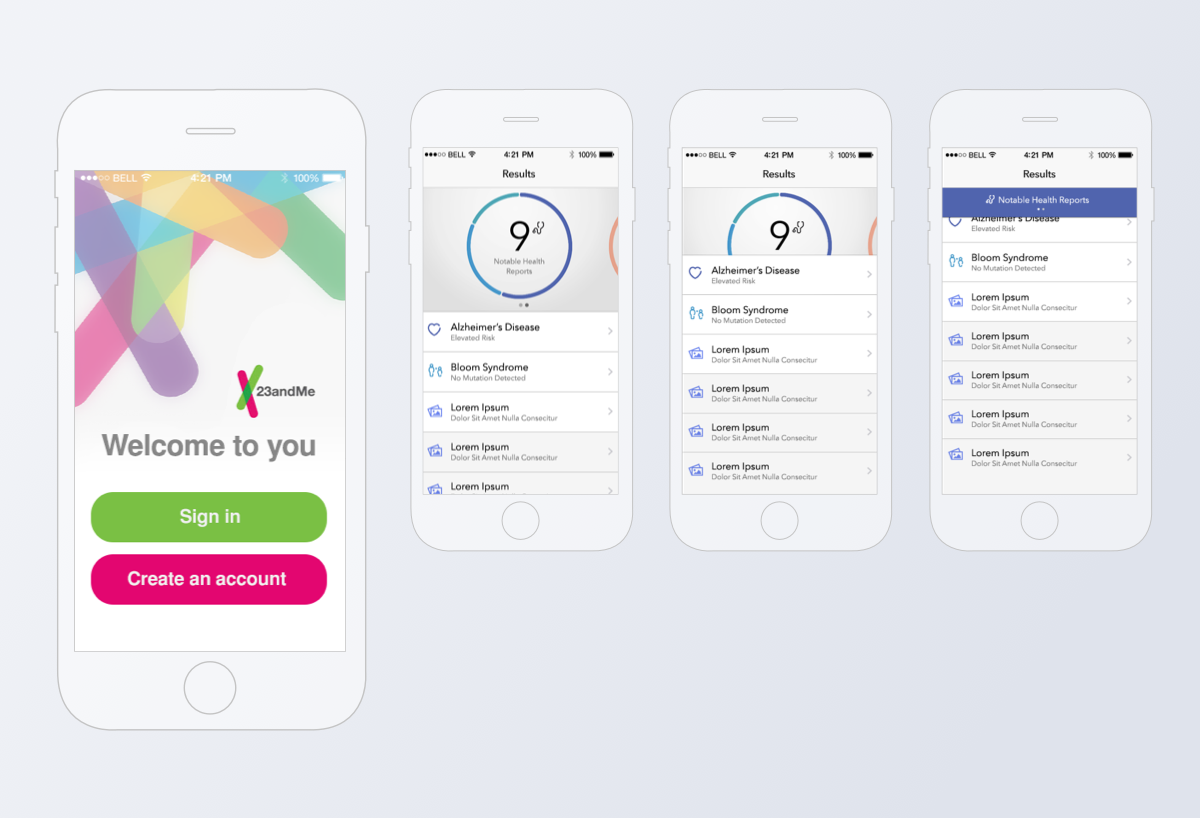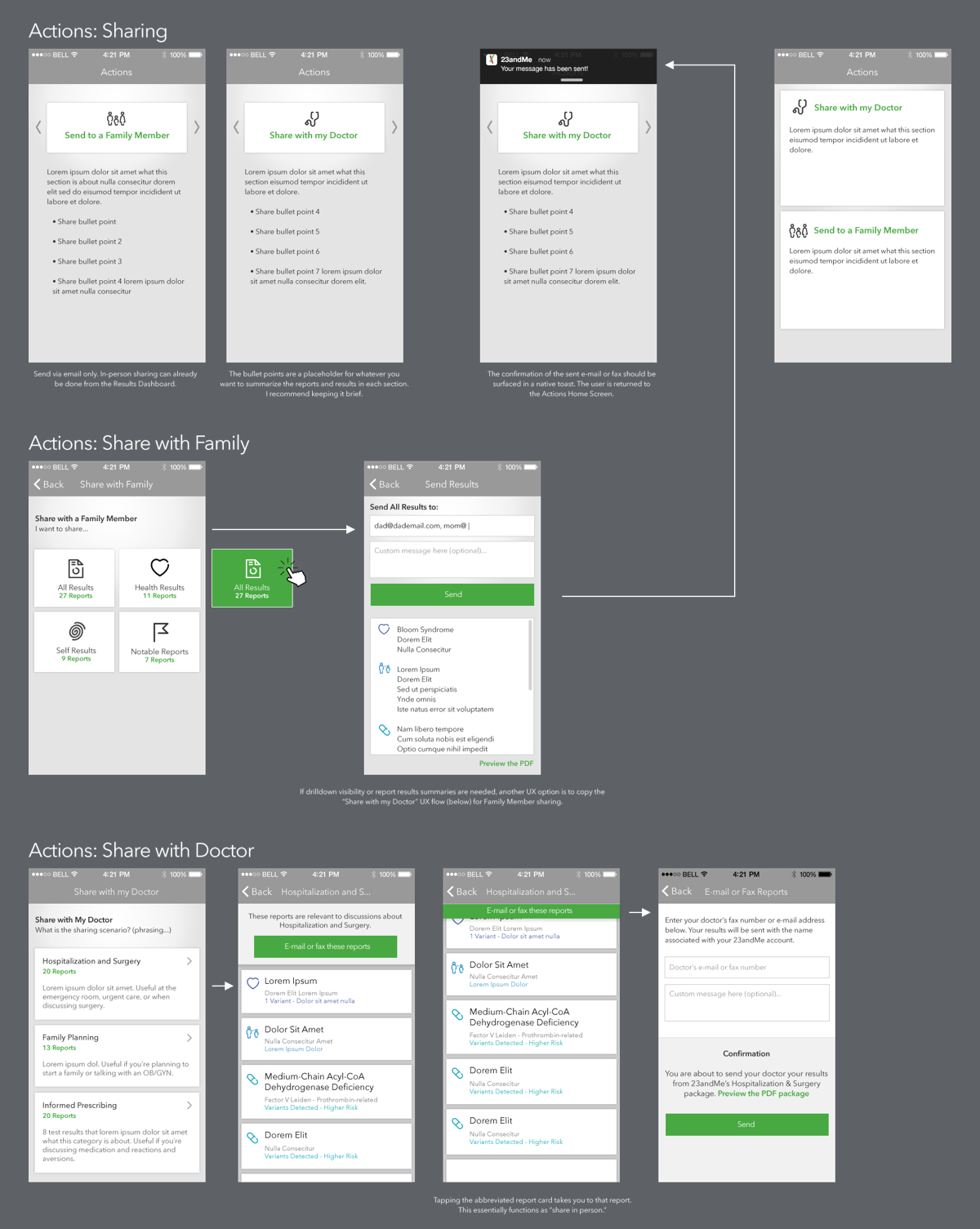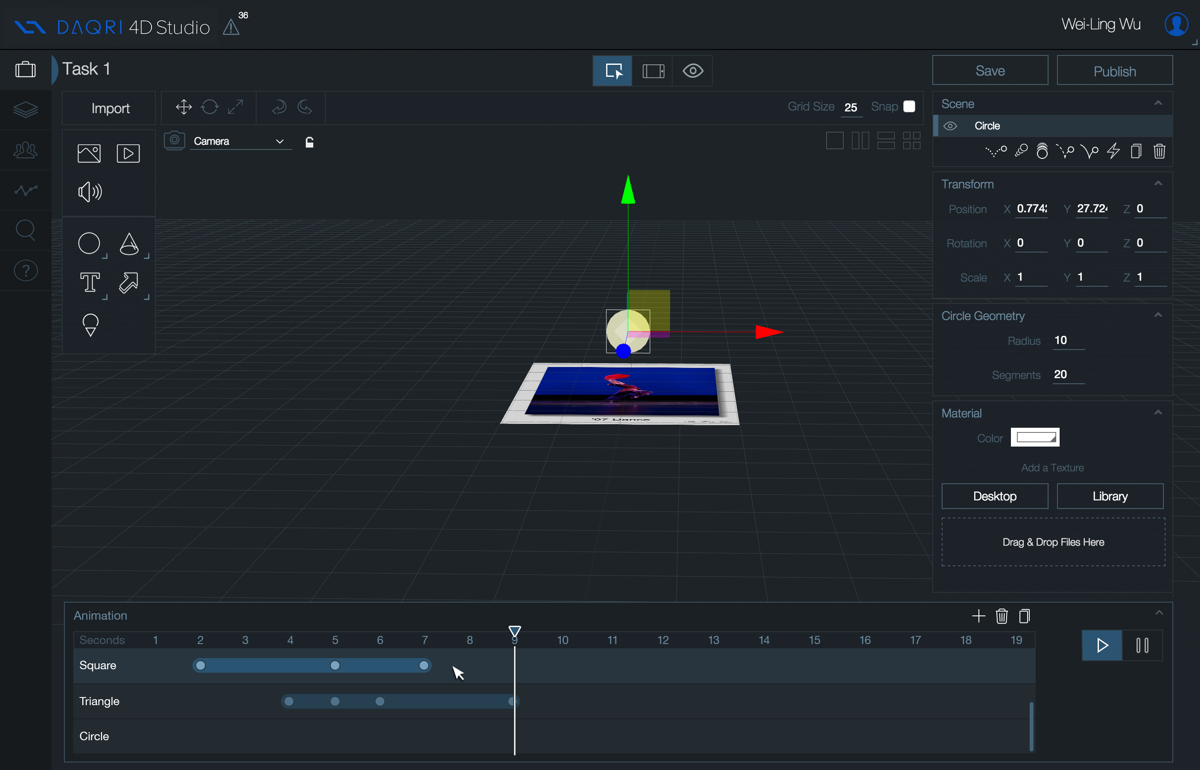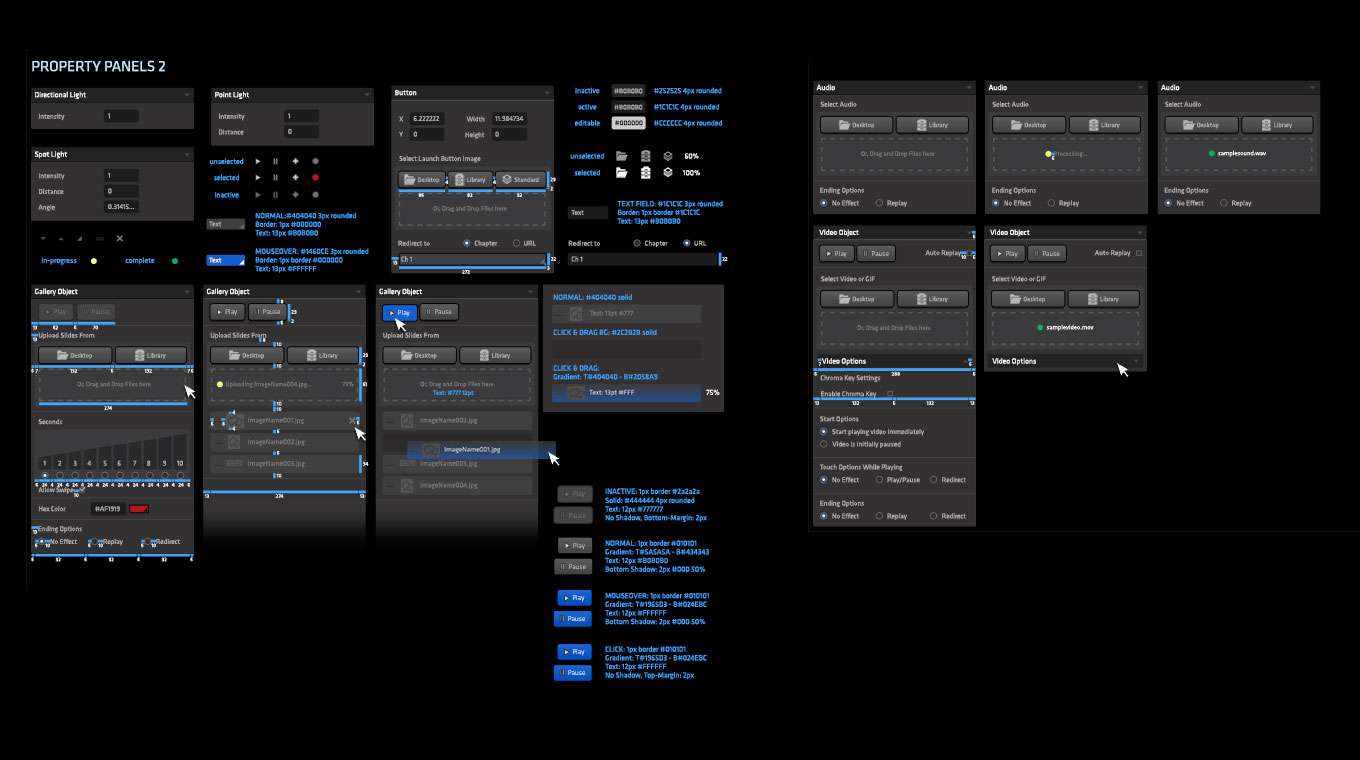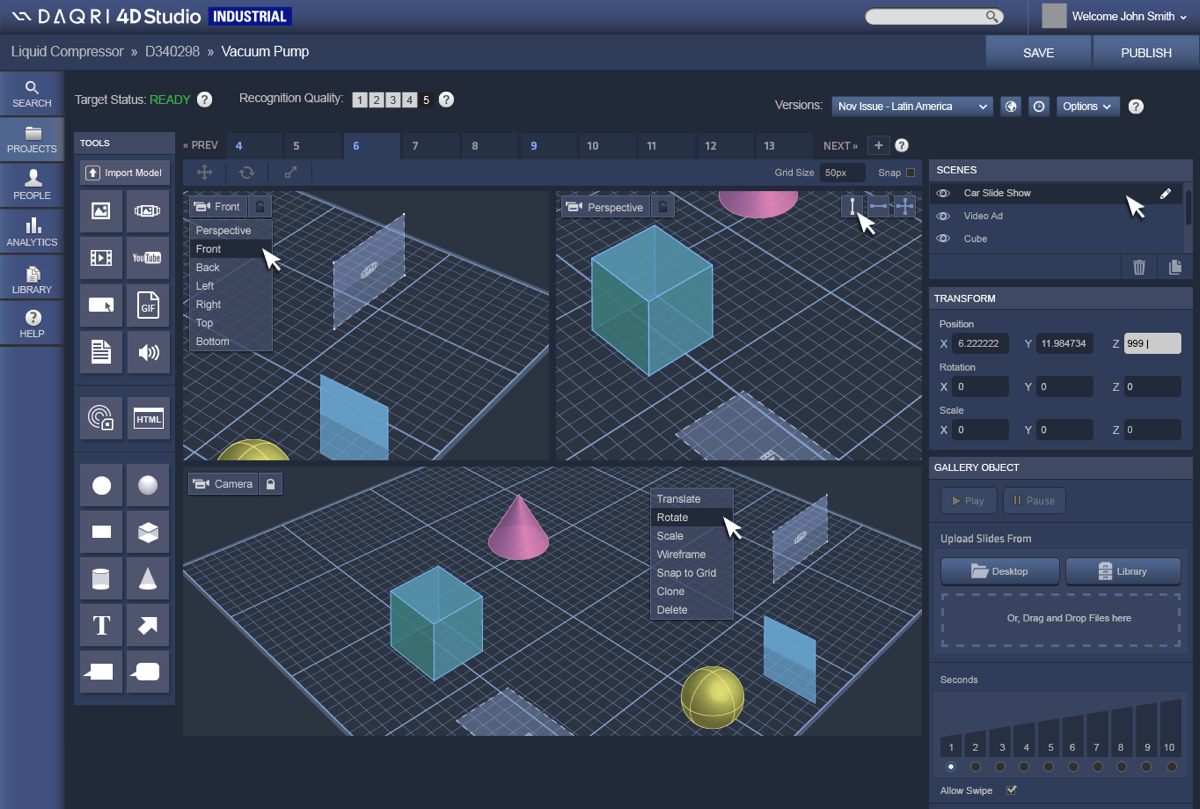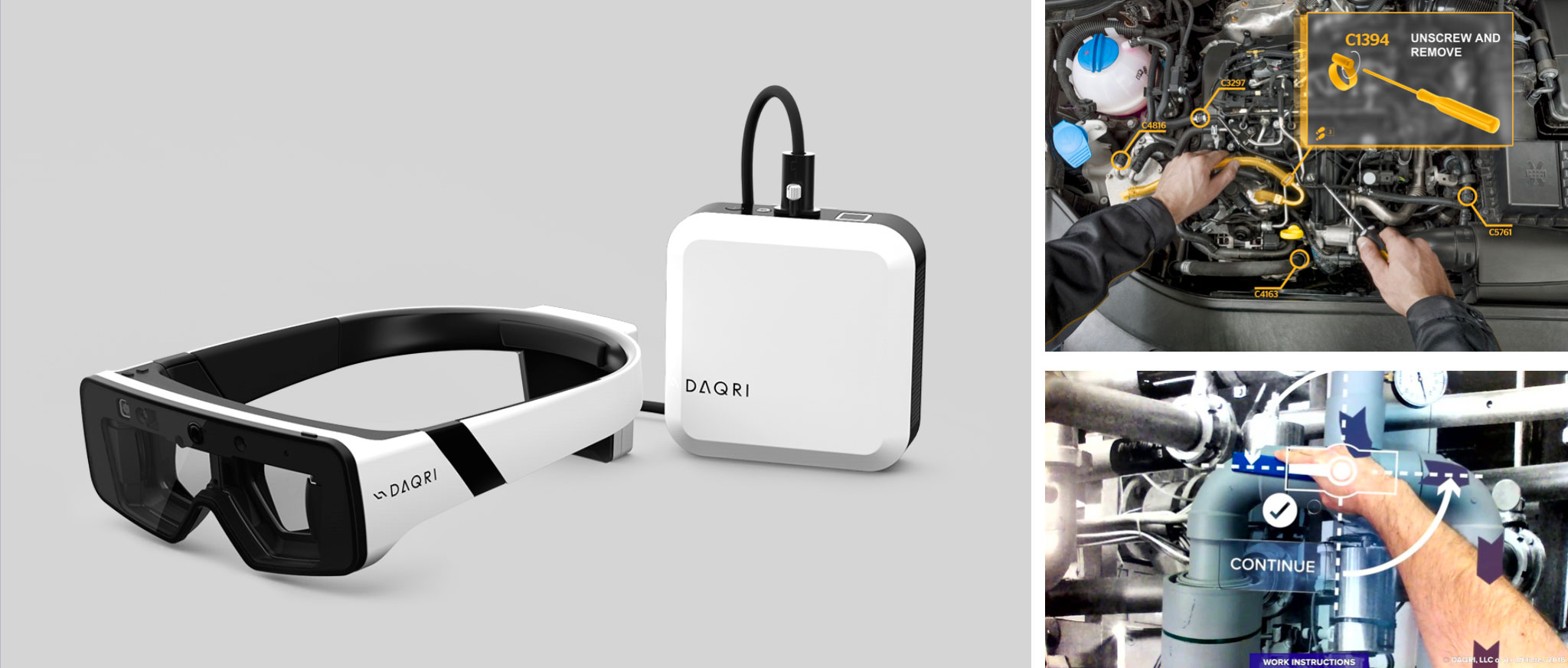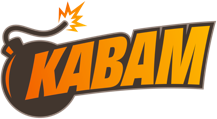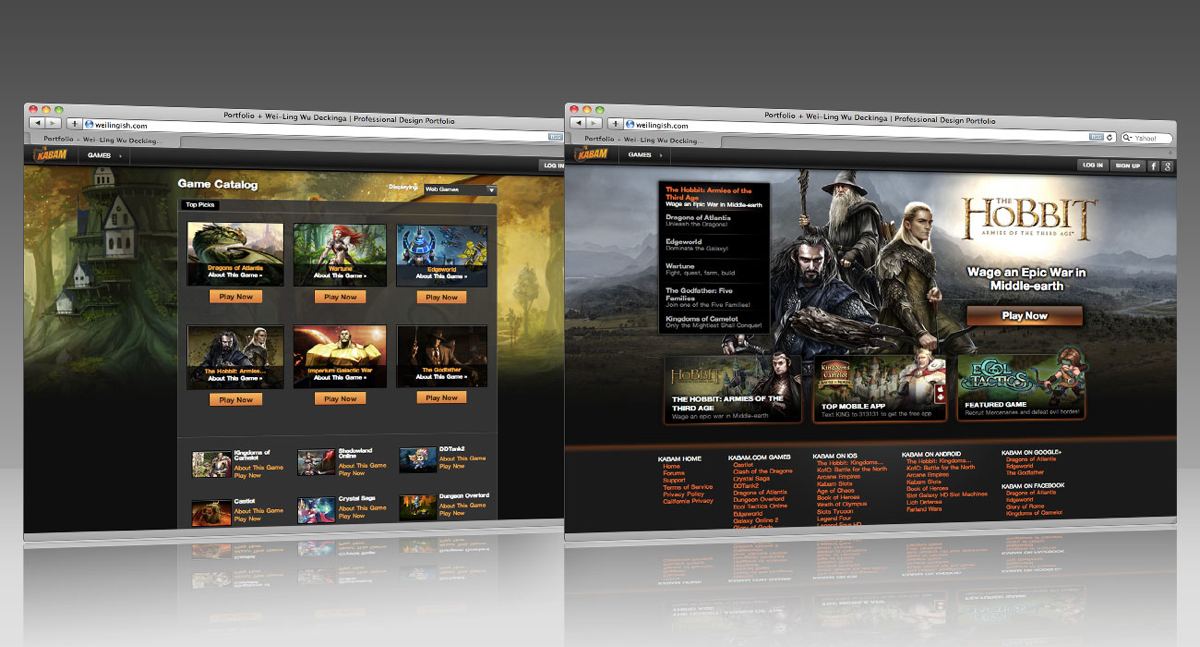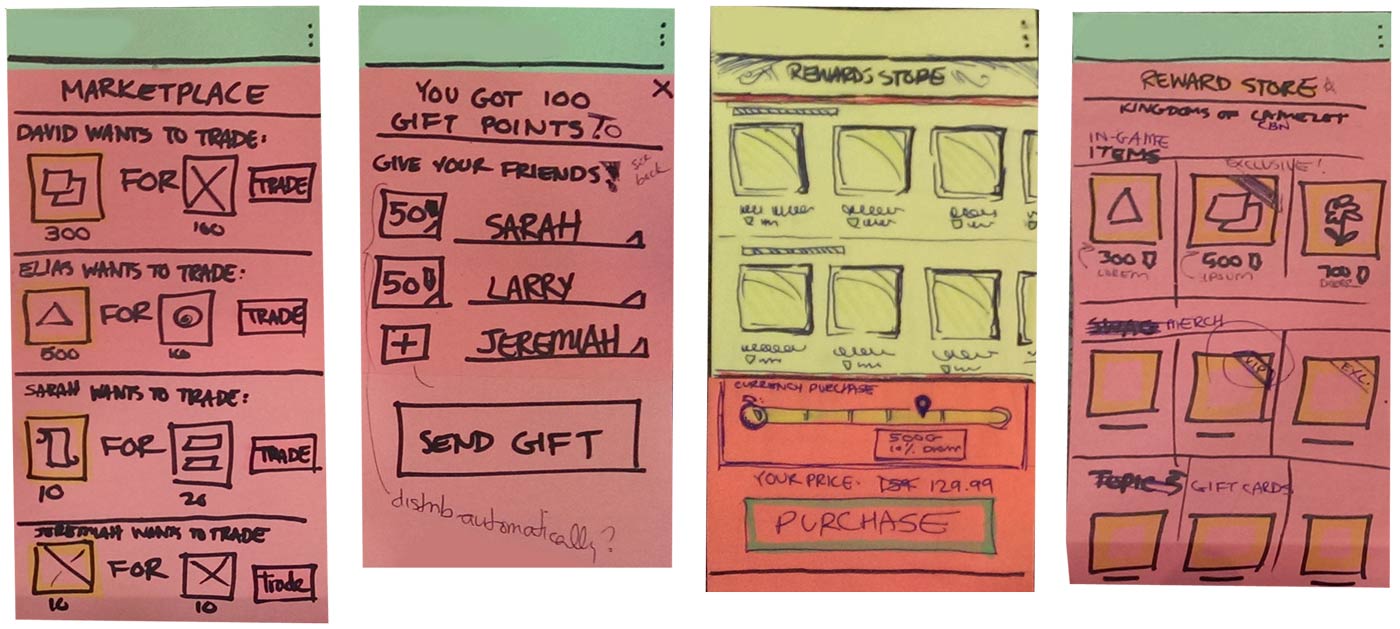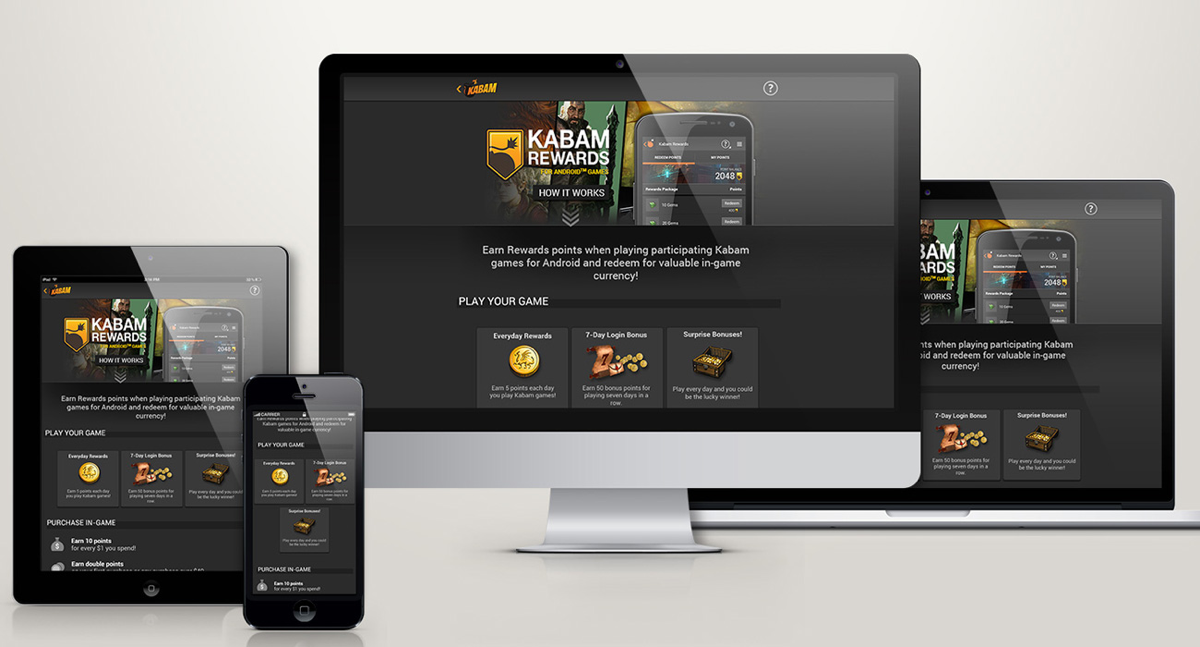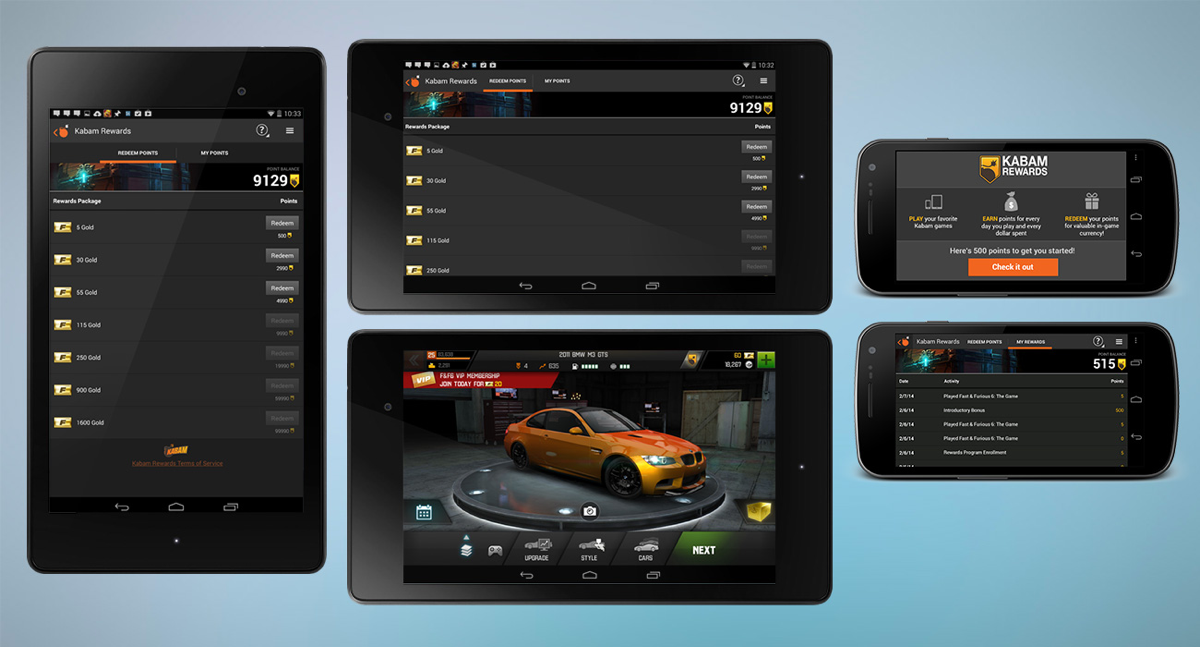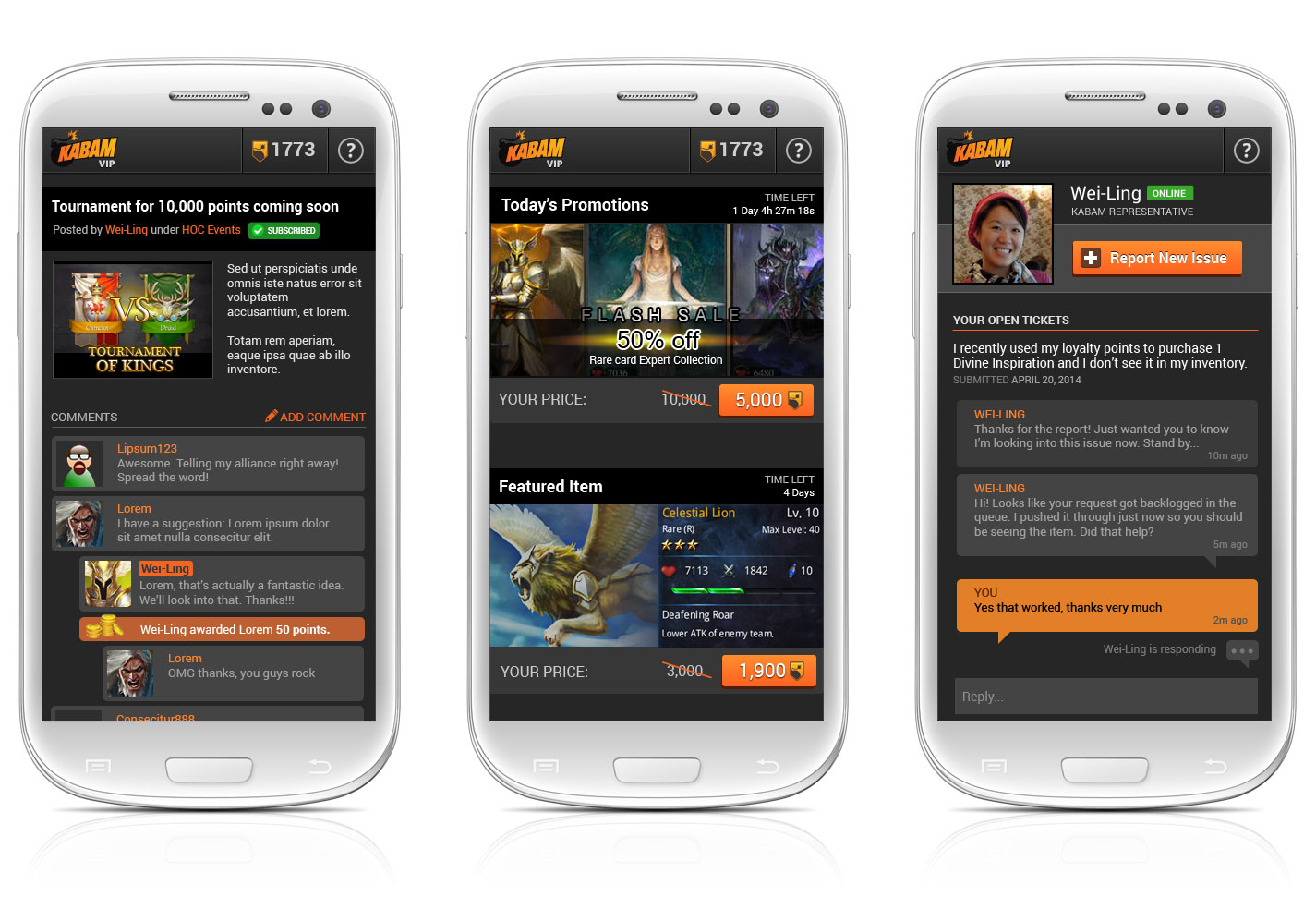I am a creative professional available to start or augment your design team. I seek opportunities to elevate user experience and bring people closer together. Through design, I strive to make a difference, pursuing goals and ends that are bigger than myself.
INTRODUCTION
As founder and principal designer, I had the honor and privilege to work with many companies, big and small. Their needs ranged from simple, like the scrappy business owner looking to create their first website; to the large company spinning up a new initiative.
I focused on providing design consulting expertise in web, mobile web, iOS and Android app design, user experience and interaction design, and consumer branding. My studio reached capacity in 1 month and expanded to include another designer. Client acquisition thrived on pure referrals, as I developed relationships with satisfied, long-term clients.
Below, I have included brief walkthroughs of three clients:
23andme, DAQRI, and Kabam.
I was brought on as the first product designer on the first mobile team in 2014. We took down the iOS app (which was developed by a third party and had little substance or activity), and set about planning the new app. The major roadblock during this time was that without FDA approval on health reports, we could not ship.
I worked on mobile app proof of concepts, as well as health report designs on mobile to help with the FDA approval initiative. Working with the design lead, we assembled health reports into logical groups, with notable reports (statistically significant results for the tester) bubbled to the top.
The FDA heavily audited the language of the health reports, so the accuracy and verbosity of the exact wording was not negotiable. This presented a serious challenge on small mobile devices. The solution: since vertical scrolling poses a very low cognitive load on mobile devices, I “chunked” the data into logical sections and data visualization.
SHARE WITH YOUR DOCTOR
We wanted to create an mobile interface that allowed users to easily package and share relevant health reports with family or doctors. I brainstormed likely topics discussed with an individual’s care team, such as hospitalization, family planning and pregnancy, allergies and drug response. We included these common groups in the first iteration of the rough prototype.
I then architected a flow structure to step the user through choosing the information package, and successfully sending it to their doctor or family member via email. This concept was also gated on FDA approval (which was obtained near the end of my time at 23andme) so I did not see it to production.
DAQRI is an AR company focused improving productivity, communication, and safety through their hardware, smart helmet prototype (this eventually became their Smart Glasses product offering.) Their first target demographic was industrial jobs in the manufacturing process. I was brought on to work on both their studio (a beta consumer product) and industrial AR development tools.
DAQRI work’s main challenge was information density. I built a thematically consistent and meticulous architecture in a UI that kept out of the way.
The layout challenges around the toolset were simpler, as the AR experience creators all had previous experience with software like Photoshop or Maya. When I added tools like camera manipulation and animation palettes, I drew from pre-existing standards from other software, to avoid user confusion and cognitive load.
The interesting part was adding in manufacturing/processes UI into the mix. For example, a vacuum pump’s manufacturing process on the factory floor may vary, depending on production specs and requirements. My UX had to allow for time-limited runs, or multiple variations based on regional data or different languages.
My solution: I utilized dropdown menus and breadcrumbs for the most crucial data, and side tabs to organize the less critical information away from the live canvas.
The result: users of DAQRI's tools could build and organize increasingly complex AR experiences for their Smart Glasses.
Kabam is a publisher and maker of social games, primarily on Android. I worked with the publishing and distribution team to maintain the front page and the portfolio of games on Kabam.com. Please note: to comply with my confidentiality agreement, I have omitted confidential information.
My team was primarily focused on engaging our players in social activity outside of the game itself. I was a key participant in brainstorm/feature ideation meetings. This is where I first learned Design Thinking-based ideation techniques from my manager, the Sr. Director of Publishing and Distribution, which I now use to lead my own ideation meetings. In fact - one of the concepts from our ideation meeting ended up as a patent application we co-authored, and was granted in July of 2018!
OBJECTIVES AND RESPONSIBILITIES
As part of the distribution platform team, I worked to understand and nurture our customer relationships, making them feel valued and important. My team flew to New York and Chicago to interview several of them at their homes. Using this data, my team and I concepted, designed and created the Kabam Rewards Program. Through the program, players earned points through leaderboard rankings, special events, and consecutive login bonuses, ultimately redeeming points for game currency.
PROCESS
In addition to cross-functional ideation meetings, I was particularly fond of "post-it" wireframing with my team. It had the same collaborative qualities as whiteboard brainstorming, but even more forgiving. We didn't have to fear making mistakes or missteps on UI, or even just the way we diagramed the flow. We simply replaced, moved, or layered post-its on each other. After the UI was finished, we could place them all on the wall and snap a photo for posterity.
Kabam Rewards was shipped with every mobile game in the portfolio, and also accessible via the web. Kabam’s portfolio of games were available on a huge assortment of both iOS and android devices, which meant the reward program’s UI had to adapt to various sizes, in both landscape and portrait orientations.
My team also worked on a proof of concept to take this idea even further - an Insider Dashboard for exclusive news, messaging features, and player experience support. In our user interviews, we found that players that were part of guilds were far more engaged than solo players; however, guild membership did not necessarily correlate with higher paying customers.
Our goals were to integrate solo payers into the community, reward their loyalty with exclusive, desirable perks, and elevate their customer support service experience so that they could focus on the game. Unfortunately, these features ran into resource constraints, and was de-prioritized.
